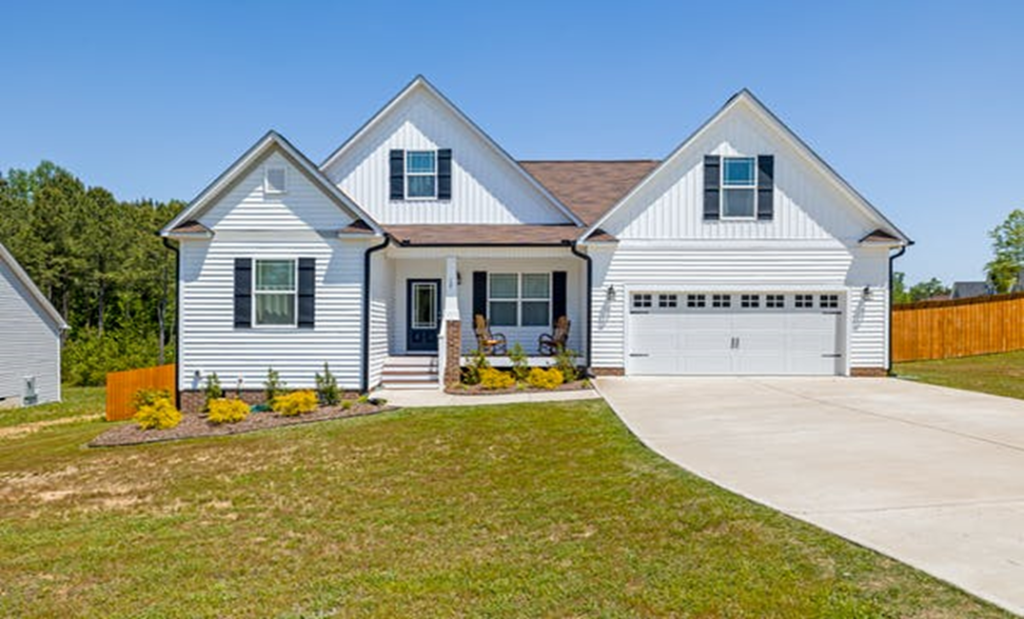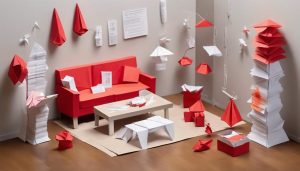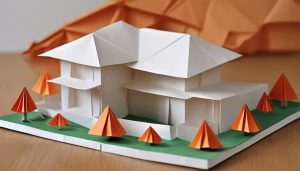
Home safety is essential for fostering a healthy home environment. The hidden dangers must be identified to avoid negative consequences. It is estimated that around thirty-three million people each year are injured by consumer products in the home. Anyhow, many of these injuries can be avoided if one practices prevention.
This article will reflect on the home safety checklist, which will help you and your family stay safe and secure. So, let’s get started.
The Complete Room-By-Room Safety Checklist:
From the front porch to the backyard, we have got the best safety tips for every room of your home. Make an effort to ensure that every area of your home is well protected. Let’s discuss the safety checklist for various home areas.
Kitchen Safety Checklist:

- Inspect appliances to avoid safety hazards. Kitchen appliances could be the biggest culprit when it comes to safety hazards. Therefore, inspect them well and give a thorough test run to identify any potential dangers due to age, improper installation, or otherwise.
- Check the range hood and fan and see if they are fully vented. A blower door test is good to consider for this purpose.
- Clean vents and coils regularly to ensure overall system effectiveness. Dirty coils and ducts force them to work harder and cannot release or absorb heat properly. Keep the fire danger at bay by wiping down all appliance coils and vents.
- Check water filters and keep your water free from any pollutants.
- Ensure that your circuits aren’t overloaded; otherwise, it will result in a potential electrical fire. You can also consult an electrician in this regard.
- Inspect drains and garbage disposal and ensure your kitchen is free of clogs and buildup.
- Install safety latches so your children can’t get into knives or cleaners.
Bathroom Safety Checklist:
- Inspect pipes and identify signs of leakage. Also, inspect pipes for rust or corrosion.
- Test bathroom faucets and look for their drips and leakage. Make sure that the bowl refills correctly and becomes empty upon flushing.
- Inspect caulking and if you see discoloration, caulk your bathroom. Discoloration could be a sign of mildew or mold, including black mold. The bathroom tiles, tub, shower, floor, and walls should be adequately caulked. Also, look over for cracks or holes in the joints where doors, walls, and the floor meets.
- Locate the main shut-off valve, which is likely to be under the bathroom sink. Make sure it is working correctly. You can identify it by turning off the valve to see no water coming out of the home’s faucets.
- Make your bathroom safe for seniors, so they do not fall or slip. Add grab bars, non-slip decals, and non-slip bathtubs to facilitate them.
Basement Safety Checklist:

- Get to know the home’s electrical system and test the circuits to ensure everything is working correctly.
- Inspect the HVAC system to ensure the home’s air conditioner and furnace can be put into action as per the requirement.
- Examine the water heater to prevent burns and sediment. Set the water heater at or below 120 degrees.
- Change air filters after every three months to avoid clogging.
- Have your ducts professionally cleaned. Inspect for signs of mold or clogs that are mostly caused by dust particles, small rodents, and insects.
- Look for foundation damage that includes signs like cracks or wet spots over doors or windows. Also, look for these signs where the ceiling and walls meet.
- Insulate exposed pipes and make them ready for winters against frigid temperatures.
- Use window and door sensors for added peace of mind. Ensure that all exterior doors and windows can open with ease and lock securely.
Hallway Safety Checklist:

- Have a smoke alarm to detect fires that can otherwise pose a serious threat to your family’s survival. Also, keep a carbon monoxide detector in your home to keep your family safe from potential home hazards.
- Use adhesive tape to secure rugs. You can also add non-skid mats to prevent people from tripping over rugs.
- Add nightlights to prevent people from stumbling in the dark hallways. Make them feel comfortable by adding lights with motion sensors.
Bedroom and Living Room Safety Checklist:

- Add comfort to your bed. Consider choosing an electric or adjustable bed if you have breathing or mobility issues. Place bedroom safety devices for the elderly such as grab rails or grab bars.
- Keep your phone near you. This is specifically useful in states of emergency. Also, keep emergency numbers on your device to seek help as per the requirement.
- Keep a working flashlight handy and have spare batteries to be used in a power failure.
- Create a thorough emergency plan and let everyone know what to do in such a situation.
Outside Safety Checklist:

- Inspect the roof and take precautions to avoid ice dams in winter.
- Upgrade to smart locks for added home security.
- Install security cameras and security lights to keep burglars away.
- Repair exterior damage to avoid hazards like slivers, tripping, or falling boards.
- Check window screens for tears or repairs. Replace window screen frames that do not fit snugly.
- Trim your bushes and trees. This will keep away the burglars from hiding.
FAQs:
The best way to avoid risks at home is by preventing access to the hazards. However, check for electrical, fire, and dangerous chemicals that can pose serious threats to your family’s survival.
The common home safety hazards include trips or slips, hanging cords, chemical exposure, electrical hazards, stairs, ladders, exposure to medications, unlocked doors and windows, pools, and spas.
You need to do a couple of things to ensure your safety. For instance, get an alarm system and install security cameras in the house.
Add glass break sensors to keep away the burglars. Also, be alert and always create an emergency plan to ensure your survival.
These safety tips can be a great start to a complete home safety checklist. Make sure you go through each of these and do not forget them to implement in your life. Stay safe and ensure your family’s safety as well.



